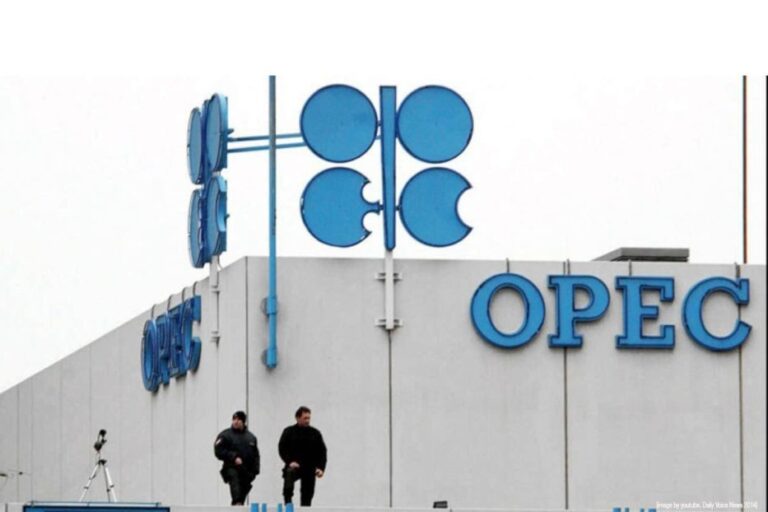
Top crude producers will hold a crucial teleconference on Thursday to discuss a possible cut in output after a collapse in demand caused by the coronavirus and a damaging Saudi-Russia price war caused a crash in the market.
The talks between OPEC and its allies including Russia (OPEC+) along with key non-members is seen as the best chance to provide some much-needed support to prices, which are wallowing around two-decade lows. The conference, scheduled for 1400 GMT on Thursday, is a critical focus for investors in a market that remains highly volatile, with experts warning that without concerted action, expectations are for a 10 million barrel-a-day cut, the commodity could suffer another painful sell-off.
But hopes are that a deal can be done. Last week US President Donald Trump claimed Russia and Saudi Arabia would step back from their stand-off and agree to slash output.
Then OPEC kingpin Saudi Arabia called for an urgent meeting of producers “to try to reach a fair deal” to “stabilise the oil market” following a phone call between its Crown Prince Mohammed bin Salman and Trump. And on Wednesday, Bloomberg News reported that Moscow said it is willing to cut its output by about 1.6 million barrels a day, or about 15 percent, smoothing the path towards a deal.
“The extraordinary producing-countries meeting is the only hope on the horizon for the market that could prevent a total price collapse,” said Bjornar Tonhaugen, head of oil markets at Rystad Energy.
Saudi Arabia will on Friday host a separate virtual gathering of energy ministers from the Group of 20 major economies in a similar bid to ensure “market stability”. Oil prices have slumped since the beginning of the year as the COVID-19 pandemic sends the planet into lockdown and brings the global economy to a virtual standstill. Compounding the problem, Riyadh and Moscow have both ramped up output in a bid to hold on to market share and undercut US shale producers.
But Russian President Vladimir Putin said on Friday that Moscow was prepared to discuss a reduction of about 10 million barrels per day (bpd) in order to “balance the market” and curb oversupply.
That is roughly equivalent to what Saudi Arabia and Russia both produced each day in February, according to OPEC data. “Saudi Arabia and Russia have been extremely clear that they will cut production if — and only if — other major oil producers join in as well,” said SEB oil analyst, Bjarne Schieldrop.
However, there are worries about the participation of Washington. The US is battling to breathe new life into its shale industry, which has transformed the nation into the world’s top producer, but which cannot sustain its high cost base as prices collapse.
Yet its oil sector appears reluctant to trim production, having extracted a near-record 13 million barrels per day in the final week of March. This fell to 12.4 million bpd last week.
At the same time, the global supply glut has pushed oil storage to its maximum limits, forcing many producers to scale back output. Ten oil-producing nations from outside the wider OPEC+ alliance, including the United States, have been asked to take part in Thursday’s meeting, Russian news agency TASS reported.
Canada, Britain, Norway, Brazil, Argentina, Colombia, Egypt, Indonesia, and Trinidad and Tobago have also been invited. The International Energy Agency warned Monday that the world is set for its first annual decline in oil consumption in more than a decade because of the coronavirus pandemic. The outbreak has shut down large swathes of the global economy, including key sectors such as air travel, manufacturing and retail. The global oil glut could reach 25 million bpd in April, according to Rystad Energy.
